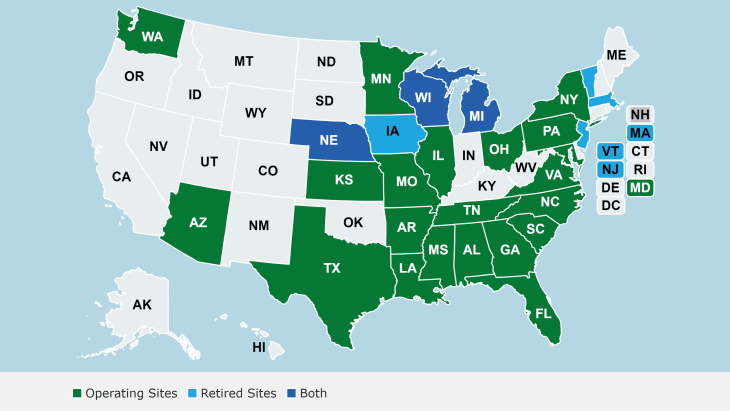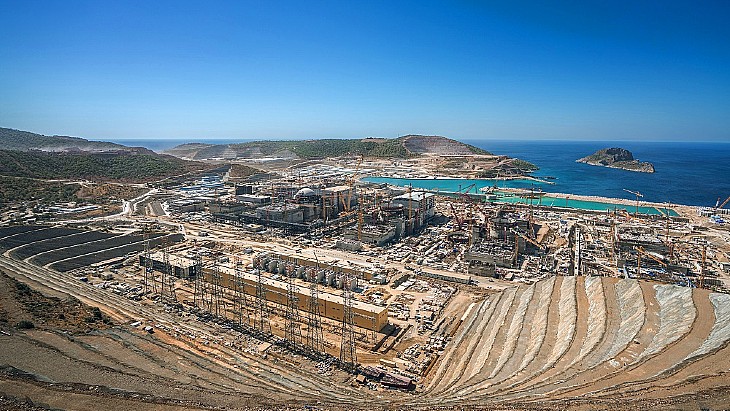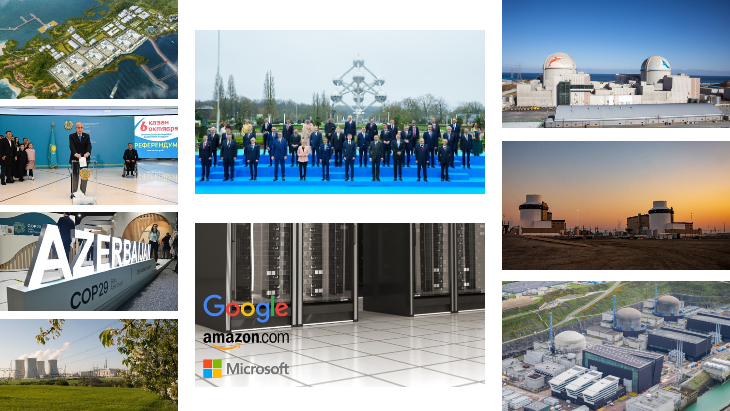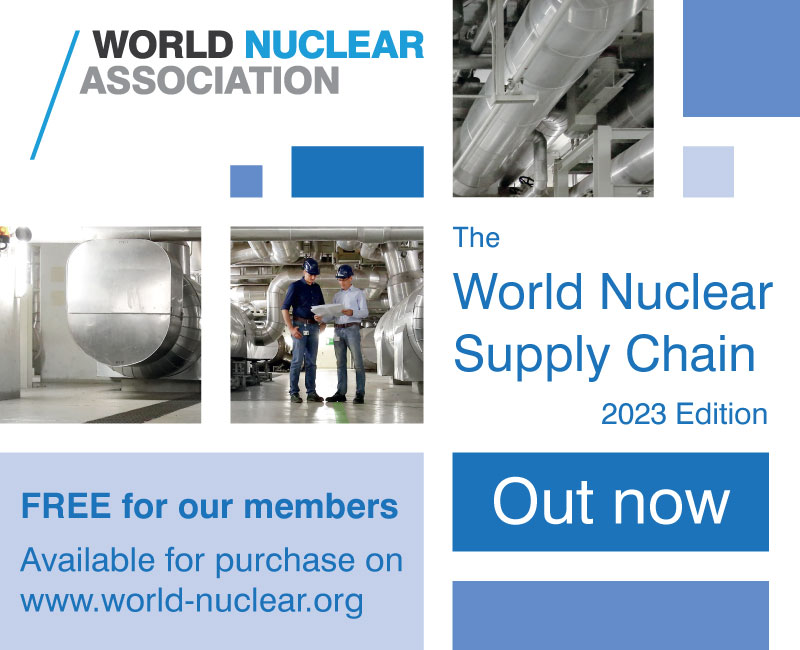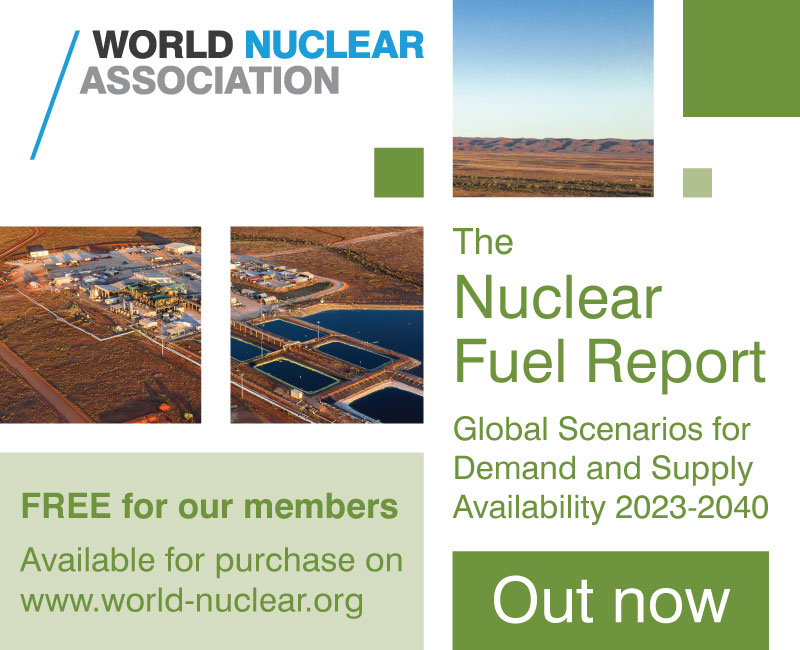Low priority for new reactors
Small advanced reactors offer enormous potential to extend the reach of nuclear power - but safety regulators in some leading nuclear nations are too busy to approve the designs.
Small advanced reactors offer enormous potential to extend the reach of nuclear power - but safety regulators in some leading nuclear nations are too busy to approve the designs.
Most nuclear power in the world is generated by reactors with capacities between 600 and 1200 MWe, with some of the latest designs reaching the 1400-1600 MWe range. The class of 'small' nuclear reactors with capacities of up to 300 MWe is seen as very promising for deployment in remote regions and countries with smaller power demands.
Dale Klein of the US Nuclear Regulatory Commission (NRC) praised the design genre at the Global Nuclear Renaissance Summit in Alexandria, Virginia on 24 July. He said he believed that the units could be used to provide process heat to industrial plants or to produce hydrogen. They could be especially valuable when used to provide power to people who currently live without, he noted, citing Nobel Prize winner Robert Solow who demonstrated the strong link between the availability of energy and economic growth.
However, Klein continued to say that he was "not at all bothered by the fact that there is no current interest" in those reactors in the USA. Klein said: "We have our hands full" with applications to build new mainstream reactors, "and the last thing I want to do is encourage submittal of additional new designs."
There is some interest in that class of reactor within the USA, however. Toshiba's 4S design which can output either 10 MWe or 50MWe has long been linked to the Alaskan town of Galena, and an international consortium has been developing and promoting the 100-300 MWe Iris design for some years. Both of these are among the four designs concerning which NRC has been holding 'pre-application' discussions with vendors, while Galena has studied the concept of locating an off-grid reactor in its region.
The remaining two designs are the Pebble-Bed Modular Reactor (PBMR) and NuScale, led by a eponymous company spun off from the Oregon State University. NuScale recently approached the NRC regarding their 45 MWe design, which was formerly known as the Multi-Application Small Light-Water Reactor (MASLWR). Besides these, some 26 other designs exist at various stages of development, according to International Atomic Energy Agency documents.
The 165 MWe PBMR may be receiving more attention from the NRC as it is also under consideration for the Next Generation Nuclear Plant (NGNP) project alongside General Atomic's GT-MHR and Areva's Antares designs. South Africa's National Nuclear Regulator is also beginning to consider the PBMR design for wide deployment in that country. A licensing strategy for NGNP is to be completed by NRC next month to address nuclear fuel performance and containment requirements among other things.
In Russia, 300 MWe VBER boiling water reactors are included in central plans as are floating nuclear power barges, each including two 45 MWe reactors. One of these is already under construction, based on proven reactors that have been used to power icebreakers for many years.
With moves in the nuclear industry gathering pace to share experience and reduce duplication of regulatory work, the time that leading regulators like the NRC and Russia's Gosatomnadzor are able to give to new designs could conceivably help advance this class of reactor in other countries. Preliminary regulatory work on their feasibility would go towards an elevated starting point for regulators in nations with less developed infrastructure.
_92619.jpg)
_84504.jpg)

